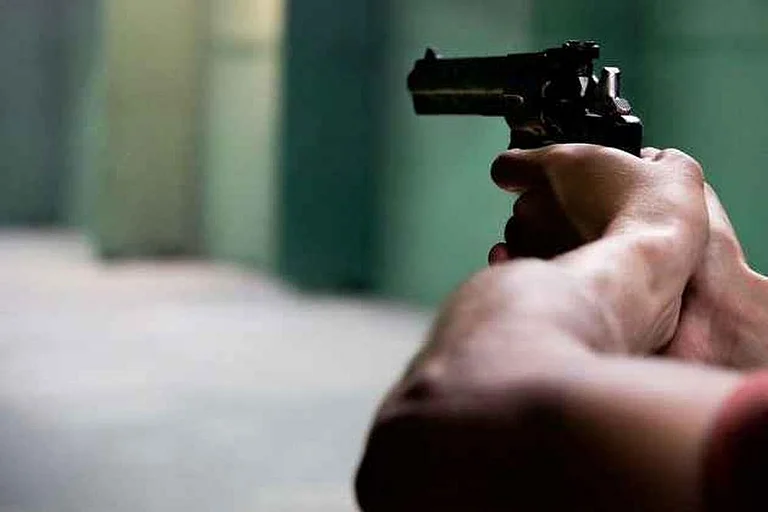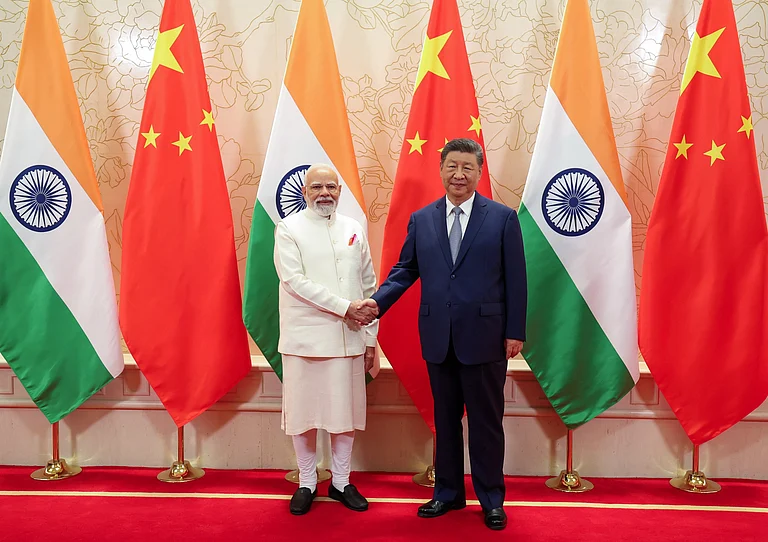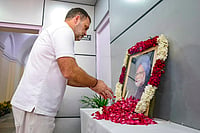AT the best of times the Rumtek monastery, 25 km from Sikkims capital Gangtok, is a picture of serenity. In the wake of the arrival in India of Ugyen Trinley Dorje, the 14-year-old Tibetan boy considered by many to be the reincarnation of the 16th Karmapa, its buzzing with activity. Almost daily, special prayers are being held at the monastery - the highest seat of the Karma Kagyu school to which the Karmapa belongs. "Were praying that he will come to Rumtek soon," says Khempu Gyurme Tsultrim, a high priest.
Tsultrims wishes may, however, take a while to be fulfilled, given the controversy that has been generated by the sudden arrival of the Karmapa in Dharamshala - the seat of the Tibetan government-in-exile. Apart from the Chinese pressure on the India not to give asylum to the boy, the dispute between two groups at Rumtek might prompt the Centre to delay its decision.
The Rumtek monastery has been without a Karmapa - head - since the death of the 16th Karmapa, Gyawla Karmapa, in 1981. According to the Buddhist tradition, the incumbent Karmapa nominates his successor in a hidden letter. This letter serves as a clue for the followers to locate the next Karmapa. The 16th Karmapa apparently did not leave any clue, making it difficult to locate a successor.
In 1992, the four monks running the Rumtek monastery since 1981 - Shamarpa Rimpoche, Tai Situ Rimpoche, Jamyang Kongtrul Rimpoche and Tsurpu Gyalstab Rimpoche - squabbled over this issue and spilt into two groups. The group led by Tai Situ and Tsurpu claimed theyd found a letter among the 16th Karmapas belongings which indicated that a young boy named Ugyen Trinley Dorje living in Tibet was the Karmapas reincarnation. The rival group led by Shamarpa, however, pressed the case of Kalimpong-based Thinley Thai Dorje. The groups came to blows, forcing the state government to intervene and order status quo.
Tai Situ was asked to leave Sikkim after an IB report cited him as being "too close to the Chinese". Soon afterwards, Shamarpa too left the state. Meanwhile, the Dalai Lama, the spiritual head of all Buddhist sects, accorded the Kamarpa status to Ugyen Trinley Dorje. Tai Situ was allowed re-entry into India in 1998 under the condition that he would not be allowed into the Northeast and Sikkim.
Once the 17th Karmapa arrived in India, the equations changed. For the Tai Situ group, it was a major victory. It organised welcome programmes and a joint action committee (JAC), comprising the Denzong Lhatay Tsogpa (the main organisation of the monks) and several Buddhist religious and cultural organisations, petitioned the prime minister to grant political asylum to the Karmapa and allow him to travel to Sikkim.
The Sikkim government is keeping a close watch on the situation. Says P.T. Gyamtso, secretary to chief minister Pawan Kumar Chamling: "We dont want to pressure the Centre. Let it take its own decision." Chamling had in November 1999 written to the prime minister supporting the 17th Karmapas travel to Rumtek.
The Shamarpa group, however, sees the entire escape drama as stage-managed. Says Yshey Jugnei, a member of the Karmapa Charitable Trust at Rumtek monastery and a Shamarpa follower: "Its clearly a Chinese ploy. If tomorrow the Tibetan boy comes here, takes the black hat and other belongings of the 16th Karmapa and returns to Tibet, China would have proved its claim on Sikkim."
The decision on whether the Tibetan boy would be allowed into Rumtek ultimately rests with the Centre. Meanwhile, Rumtek is eagerly awaiting the Karmapas arrival. But that may not happen soon. As a Sikkim government official says: "Ugyen Trinley Dorje wont be able to take charge till he becomes an adult, thats four years away."





















